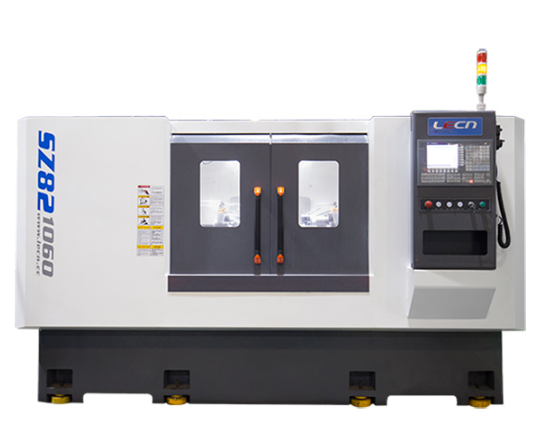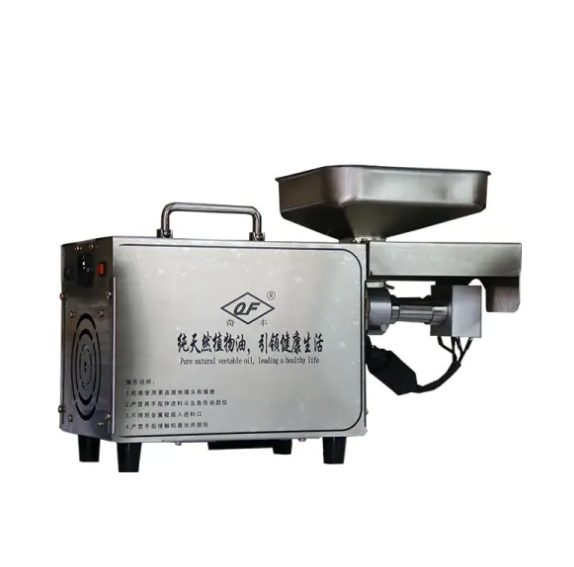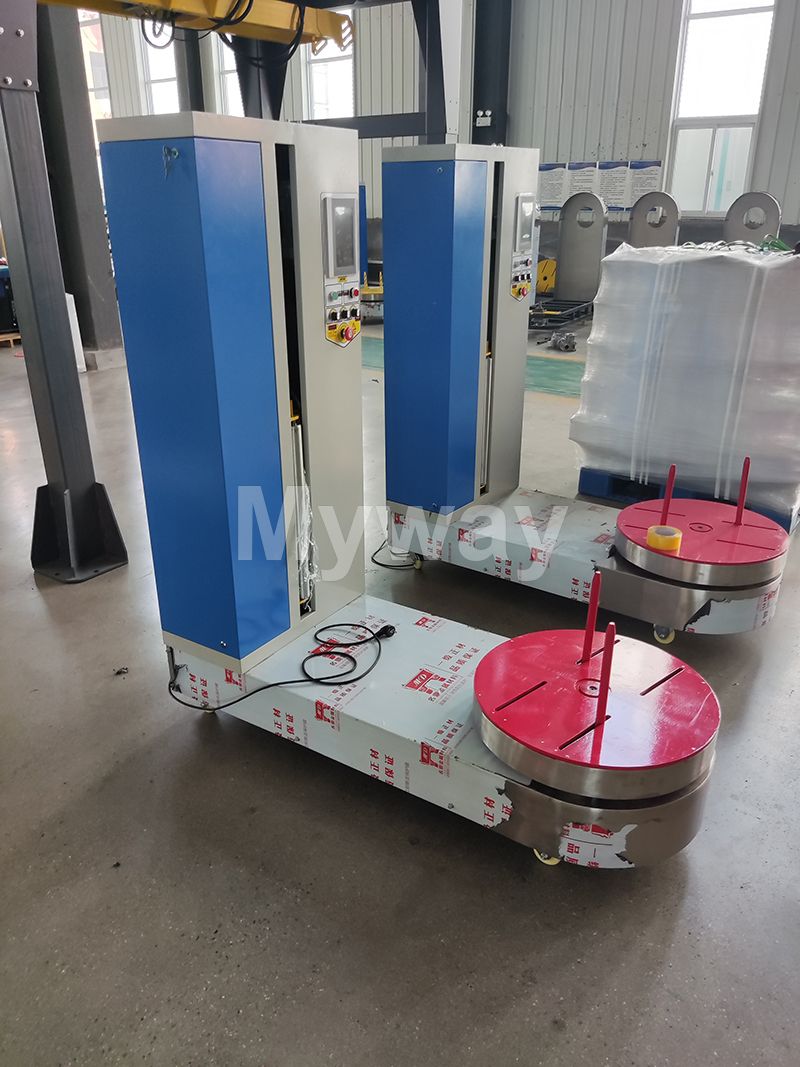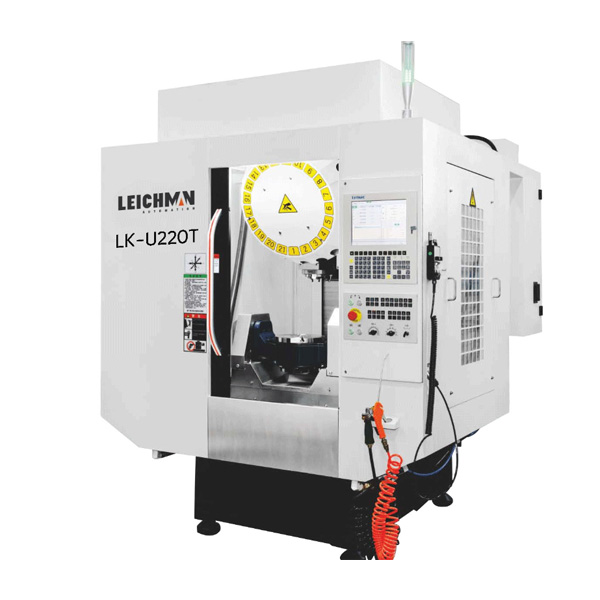Why do collisions occur during the CNC machining process, and how can they be avoided?
There are various reasons for collisions during the CNC (Computer Numerical Control) machining process, including but not limited to the following:
1. Incorrect tool compensation input:
Incorrect tool length compensation values may cause the tool to move outside the expected path, resulting in a collision.
Improper safety height setting:
During rapid positioning (G00), if an adequate safety height is not set, the tool or chuck may directly collide with the workpiece or fixture.
2. Programming errors:
Tool parameter errors: The tool number on the program sheet does not match the actual tool loaded, or incorrect data such as tool length and diameter are input. Incorrect machining coordinate setting: Incorrect Z-axis depth value or workpiece coordinate system setting leads to the tool reaching the wrong position. Programming instruction errors: Using the wrong program file or moving instructions in the program point to positions beyond the workpiece range.

3. Manual operation errors:
Inaccurate manual Z-axis depth adjustment or calibration. Errors in finding the center and setting the machining zero point. Incorrect direction during handwheel operation, or pressing the wrong keys during rapid movement, causing the tool to suddenly enter the interference area.
4. Machine status control errors:
Failure to confirm the machine lock state: Before starting machining, failure to ensure that the machine is locked may cause the machine to move unexpectedly. Forgetting to turn off the air run mode: During actual machining, if the machine is still in air run mode, it will move at the G00 rapid movement speed, which can easily cause collisions. Incorrect overtravel release method: After the machine overtravels, releasing it in the wrong direction may result in further collisions.
Measures to avoid collisions during CNC machining include:
Rigorous program writing and review: Carefully check all parameters in the program, including tool information, coordinate system, cutting depth, etc., and use the simulation function to conduct simulation checks before running.
how does Electromagnetic Induction Heating Water Boiler work
How to Choose a Portable Induction Heating Machine
What Are the Common Challenges in the Yellow Zinc Plating Process?
Key Considerations for Custom Hydraulic Cylinder Purchases
Top Benefits of Small Hydraulic Oil Press Machine in 2025
How Can Phenolic Tube Distributors Increase Profit Without Competing on Price?
What is a roll forming machine?
Correct operating procedures: Strictly carry out various inspections before starting the machine and before processing to ensure that each axis of the machine tool returns to the reference point and the safety height is set correctly.
Tool management and verification: Each time a tool is replaced, the tool length and diameter must be measured and compensated again to ensure that it is consistent with the tool information in the program.
Meticulous manual operation: During the manual debugging stage, pay special attention to the precise adjustment of the Z-axis depth to avoid misoperation.
Strict safety management: Before processing, be sure to check the status of the machine tool, confirm whether it is locked, turn off the dry operation mode, and operate in strict accordance with the regulations.
Strengthen training and supervision: Improve the professional skills and safety awareness of operators and reduce collision accidents caused by human factors.
As a trusted CNC Machine Manufacturer, we are committed to helping you find the perfect solution for your manufacturing needs.
Additional resources:What is the DTH method of drilling?
Why Choose Fully Automatic Flour Mill Plant?
What is the Purpose of Brick Making Machine?
What is best industrial floor sweeper?
How Safe Are Rear Traction AGVs in Hazardous Environments?
Key Factors in Choosing Customized Nitrogen Plants
3 In 1 Coil Feed Machine vs Traditional Feed System










